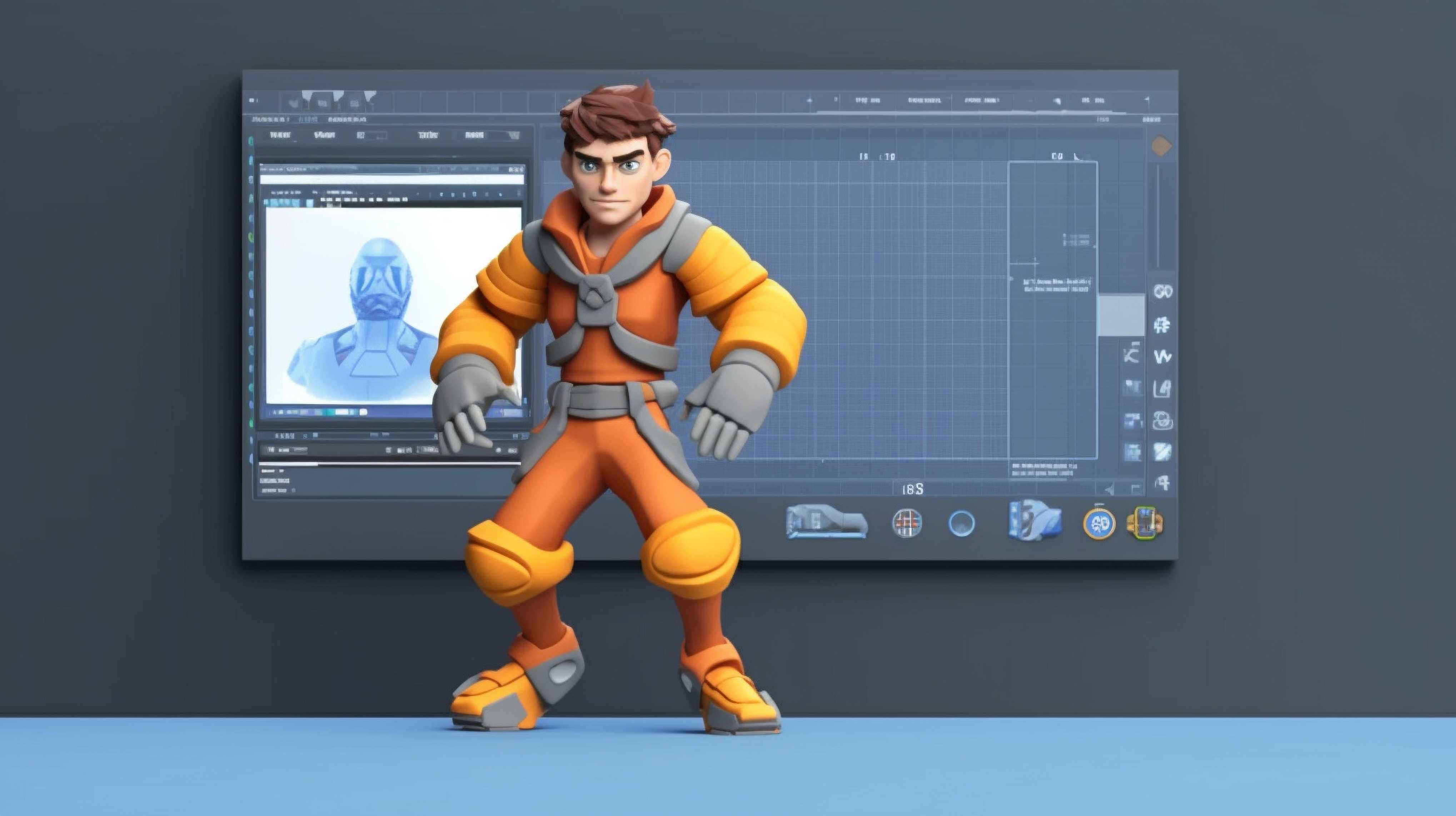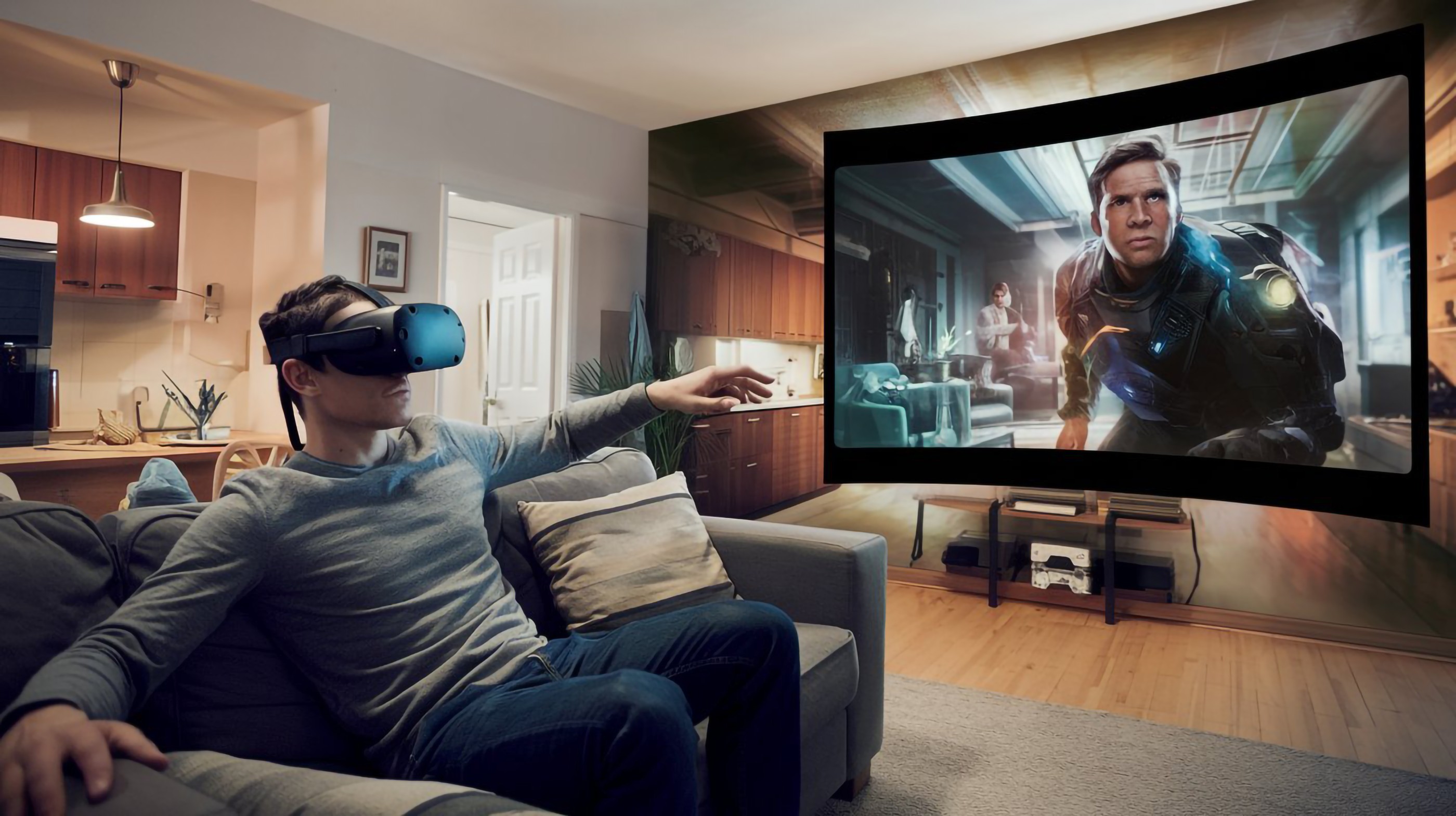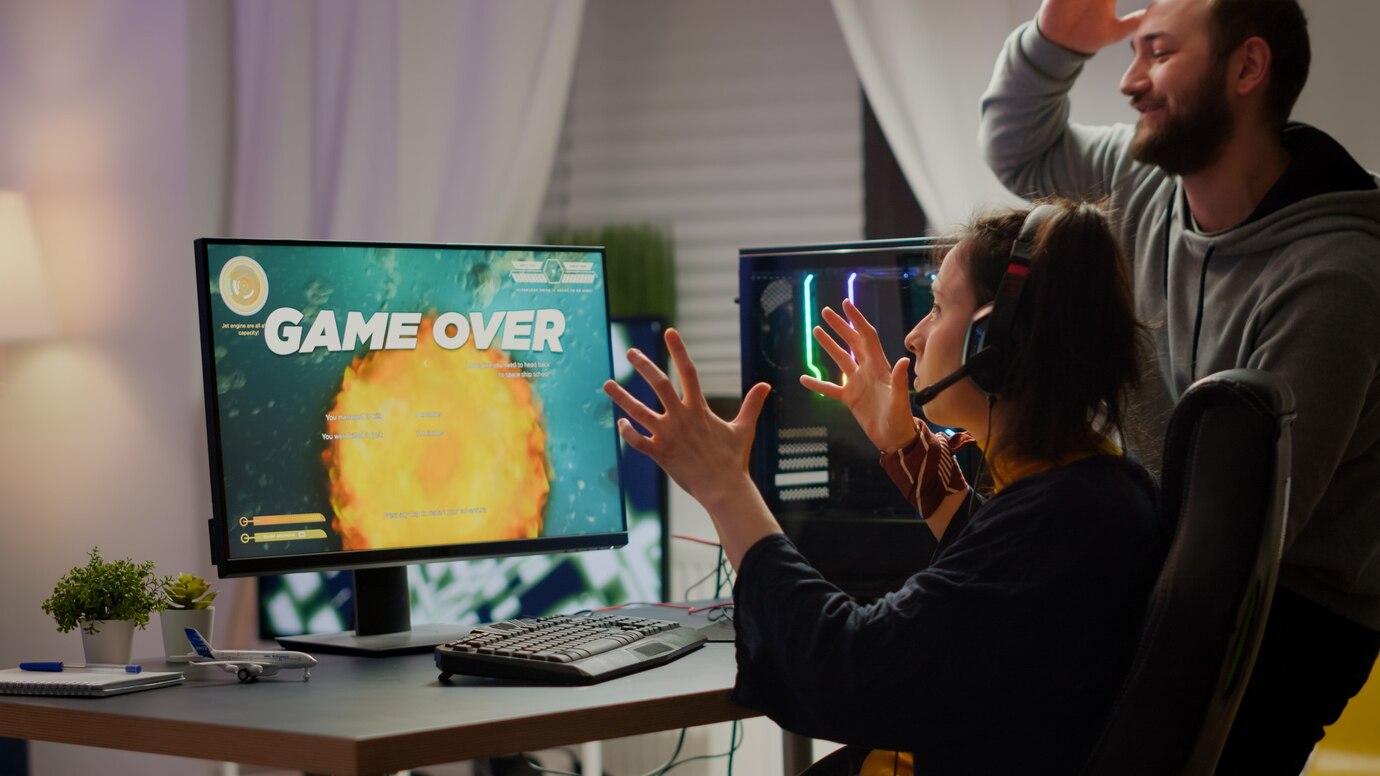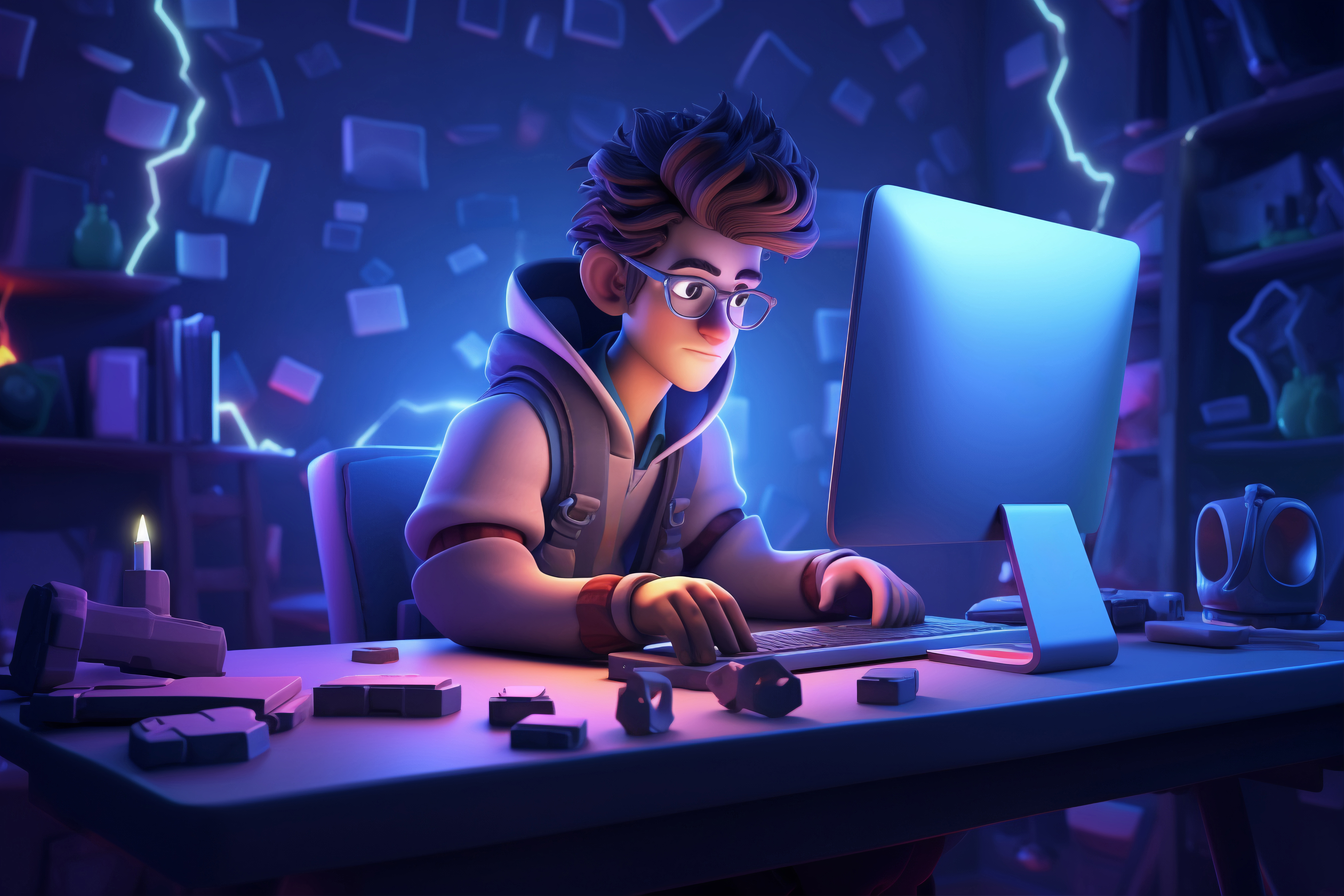Before you invest your time and money into the game development process, game prototyping serves as a metric to determine if it is a good investment. It creates a functional model of the gameplay that showcases its viability.
Game prototyping gives developers a sandbox in which they can experiment, iterate, and refine their game ideas.
In this blog article, EDIIIE dives into the many aspects of game prototyping, including its significance, diverse forms, invaluable tips, and potential pitfalls.
From simple sketches or digital mock-ups to fully functional proof of concepts, it shapes the game mechanics, narratives, audiovisuals, and more. Let’s break it down.
What is Game Prototyping?
In simple terms, game prototyping is a preliminary phase in the game development process. It allows developers to test their ideas and check the feasibility of their vision.
They create simpler versions of their games and test out their core concepts, game mechanics, user experience, and more. This can be rough sketches and diagrams or interactive digital models. It all depends on the complexity of the game and the goals of the prototype.
The process emphasizes functionality over aesthetics, delivering feedback-driven refinement.
These serve as proof of concept to greenlight the full-scale game development process.
Importance of Game Prototyping
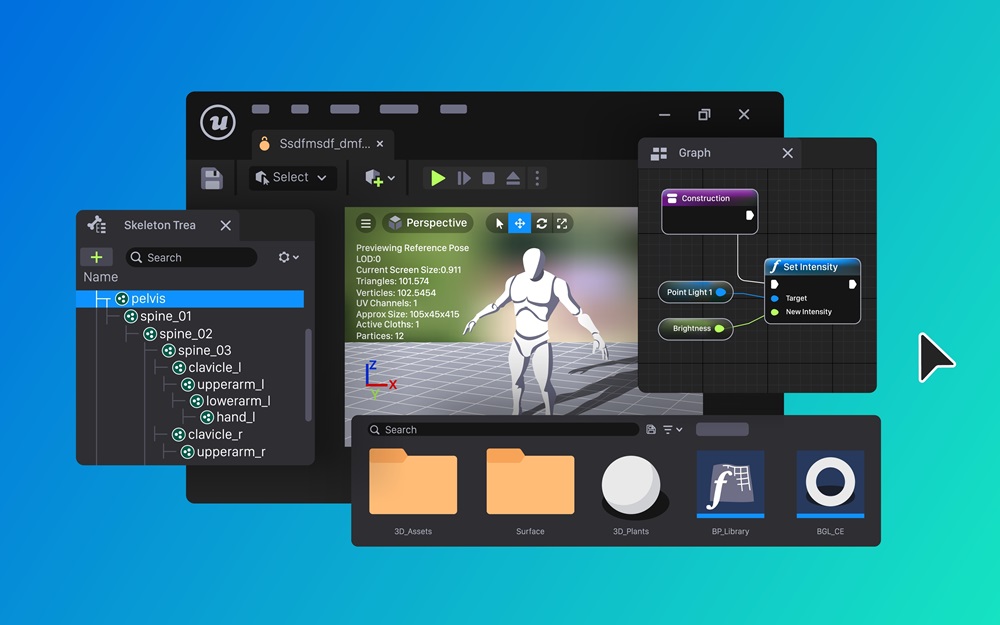
In this section, we take a look at the benefits that game prototyping provides to game devs:
1. Idea Validation:
As the game devs test the core concepts of their game ideas, they receive validation through player feedback. This allows them to align the game’s design according to their own vision and the demands on the target audience.
2. Iterative Design:
Prototyping enables experimentation, which allows for refinement. Through fresh player feedback, better understanding of technical constraints, and deeper insights into the creative process, game devs iterate on their game design and ideas.
3. Risk Mitigation:
With a better understanding of the game design, it becomes easier to proactively anticipate issues and prevent them. If problems arise they can be instantly identified, addressed, and resolved before they escalate or lead to capital loss.4. Communication Tool:
The prototype is the 1000 words you would not need to share your vision with stakeholders, team members, and investors. It also helps you bring everyone on the same page and streamline the development process.
5. Time and Cost Efficiency:
As the game design concepts are validated, the prototype reduces costs attached with rework. This also saves a lot of time that can be better used to iterate the game design through feedback.
Virtual reality prototyping has been shown to save developers around $50,000 by eliminating the need for physical prototypes.
Types of Game Prototypes

Game prototypes can be broadly classified into five categories:
1. Proof of Concept (PoC) Prototypes:
These focus on demonstrating the design’s core game mechanics and features. They are typically low-fidelity. These serve to validate the game idea and pitch it to stakeholders and investors. It could very well be the key to mastering game marketing for your fully realized project.2. Vertical Slice Prototypes:
These represent a small but fully-functional part (a slice, if you will) of the game. The slice showcases the gameplay, the narrative arcs, and the game art style. This acts as a preview for the game and determines its scope and feasibility.
3. Horizontal Slice Prototypes:
These allow game devs to experiment with the game mechanics and features. They also offer a wider look at the game’s possibilities for the stakeholders. These help you balance the narrative with the gameplay elements.
4. Technical Prototypes:
These emphasize testing and refining the technical details of the game’s technology or game engine. This ensures cohesive and smooth performance across all devices and platforms. These are necessary to perform technical tasks like optimization, networking, or physics simulation.
5. Paper Prototypes:
These showcase the game mechanics, level designs, and user interfaces through sketches. It is a low-cost and low-tech prototyping method and visualizes and iterates on ideas faster. These are also useful for brainstorming sessions and concept explorations.
Both 2D and 3D animation play an important role in game prototyping.
Tips & Tricks for Game Prototypes
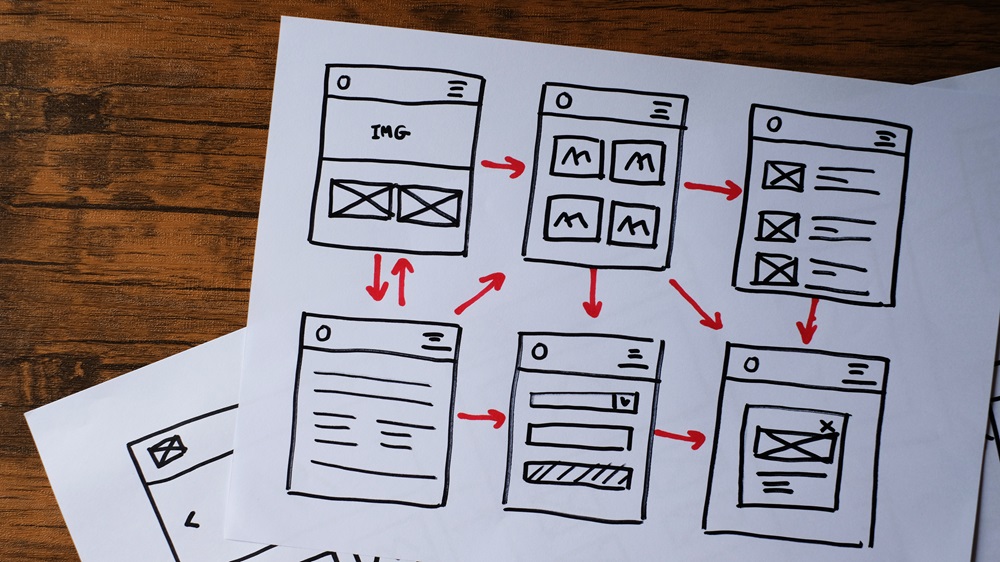
There’s a few things you can do to make the game prototype worth it:
1. Start Simple:
Begin by focusing on the game’s core mechanics and key features. Prioritize functionality over aesthetics. This aids in faster iterations as well.
2. Embrace Iteration:
With each new cycle of feedback, iterate and refine your ideas on the game’s design. This is critical to innovation and continuous improvement.
3. Gather Feedback Early:
Keep testing your prototypes through playtesters or other developers. Find what’s working and what isn’t, make changes, and ask for feedback again.
4. Use Prototyping Tools:
Employ prototyping tools that align with the project's requirements and the team's skill set.Some of the most employed prototyping tools are game engines (Unity 3D, Unreal Engine), GameMaker Studio, Construct, ProtoPie, Miro, Bolt, Machination, and even ChatGPT.
5. Document Your Progress:
Create and record detailed documentation of design decisions taken, feedback received, and lessons learned. These are indispensable for making future iterations, tracking progress, identifying trends, and communicating changes.
Mistakes to Avoid When Building a Game Prototype

We’ve seen all the dos of game prototyping. Now let’s look at the don’ts:
1. Overcomplicating Prototypes:
Keep it simple. The entire purpose of the prototype is to demonstrate the core functionality of the game.
2. Ignoring Player Feedback:
There is no graver sin in game development than to ignore player feedback. A disconnect between the game devs’ vision and the player experience can only lead to the game crashing and burning.
3. Fixating on Perfection:
Prototypes are meant to be rough approximations. Spending precious time on minor, irrelevant details will be counterproductive to their goal.
4. Neglecting Technical Considerations:
Cross-platform functionality is an expected requirement in gaming today. Pay attention to technical details like optimization, compatibility, and scalability.
5. Failing to Pivot When Necessary:
Be open to change as feedback comes. The new direction might be very different from what you had envisioned but it is necessary to be flexible.
Game Prototyping: Tools, Tips, and Techniques
Game prototyping is an essential first step to successful game development. It is the right indicator to check the feasibility of your ideas, refine them according to the target market, and gain funding by using it as the pitch.
In this article, we have gone through what it is, its types, its importance to the process, and the dos and don'ts.
We hope this blog piece helped you understand and adopt a game prototype. For more help, you can book a consultation with us!





